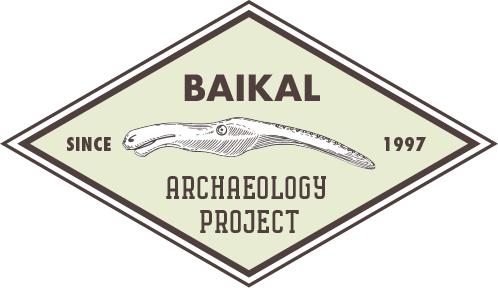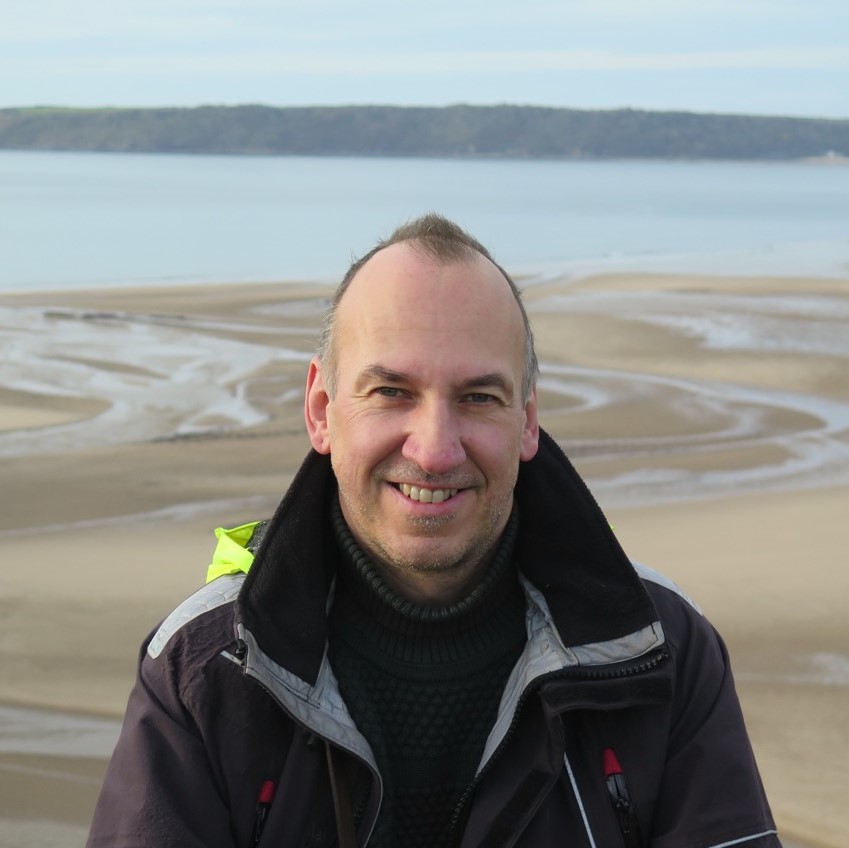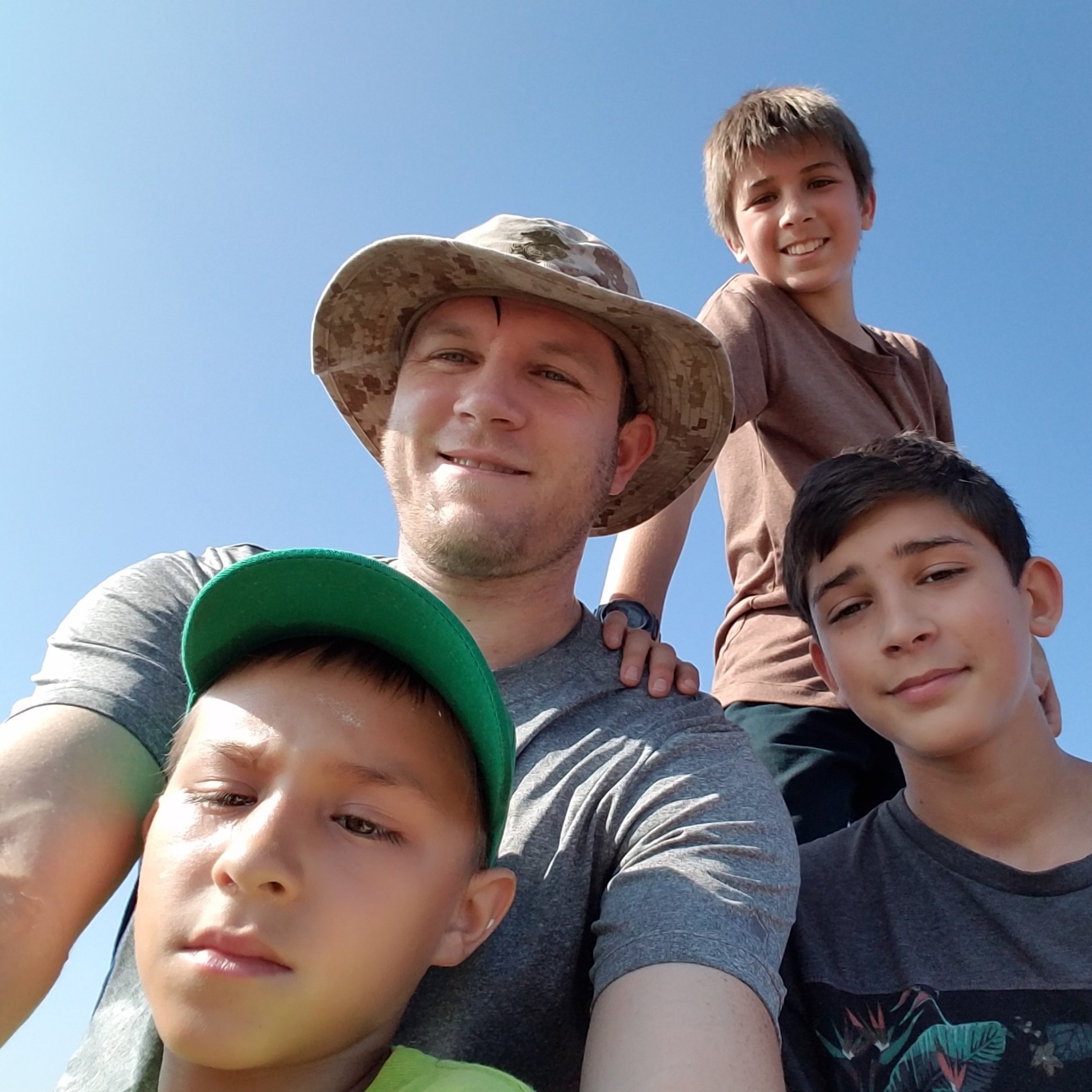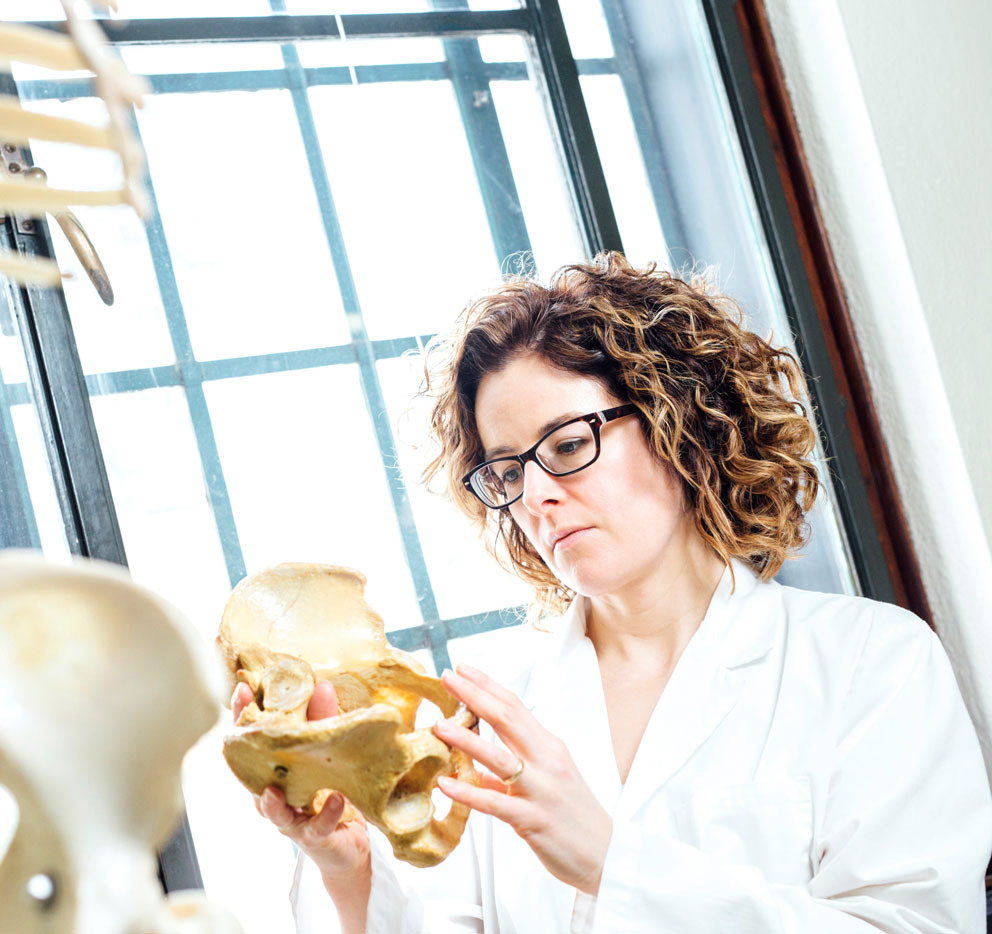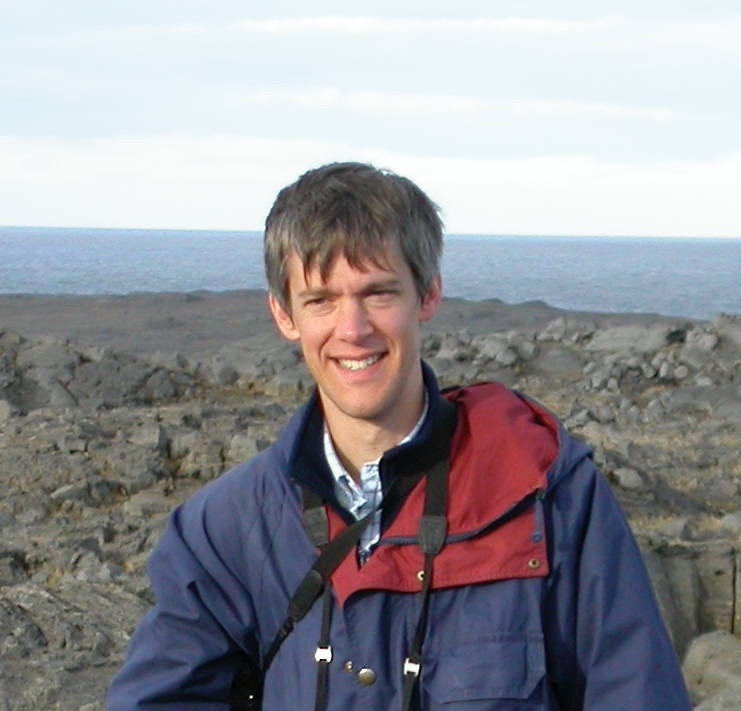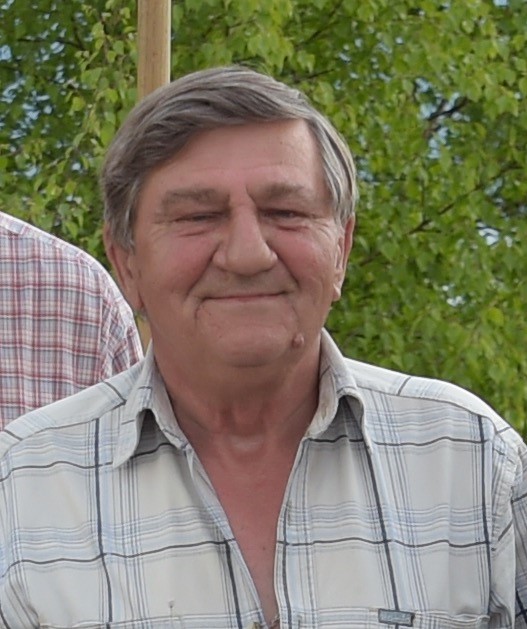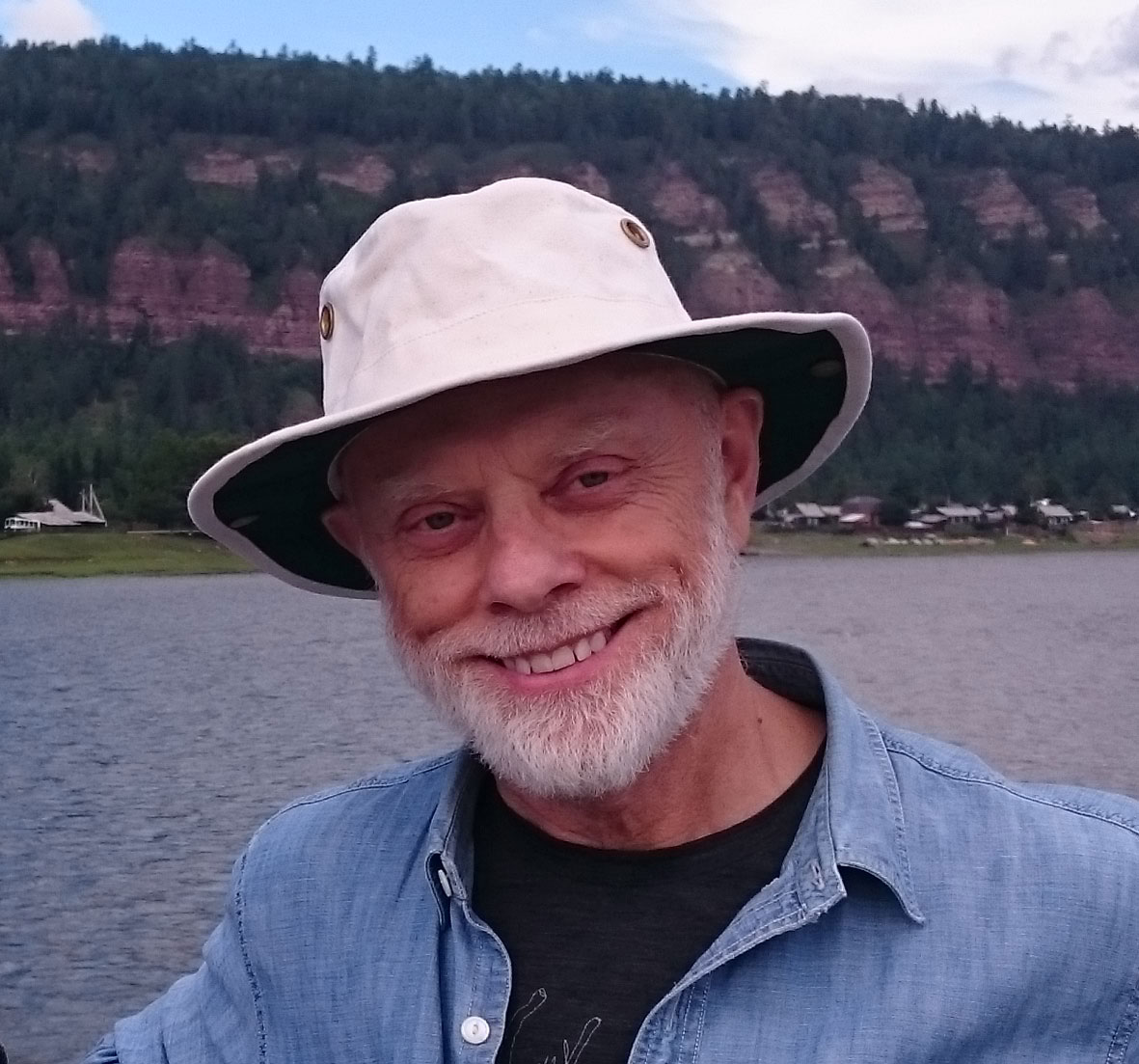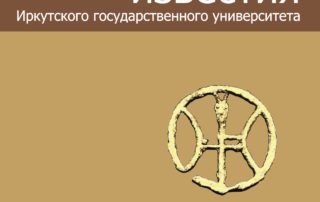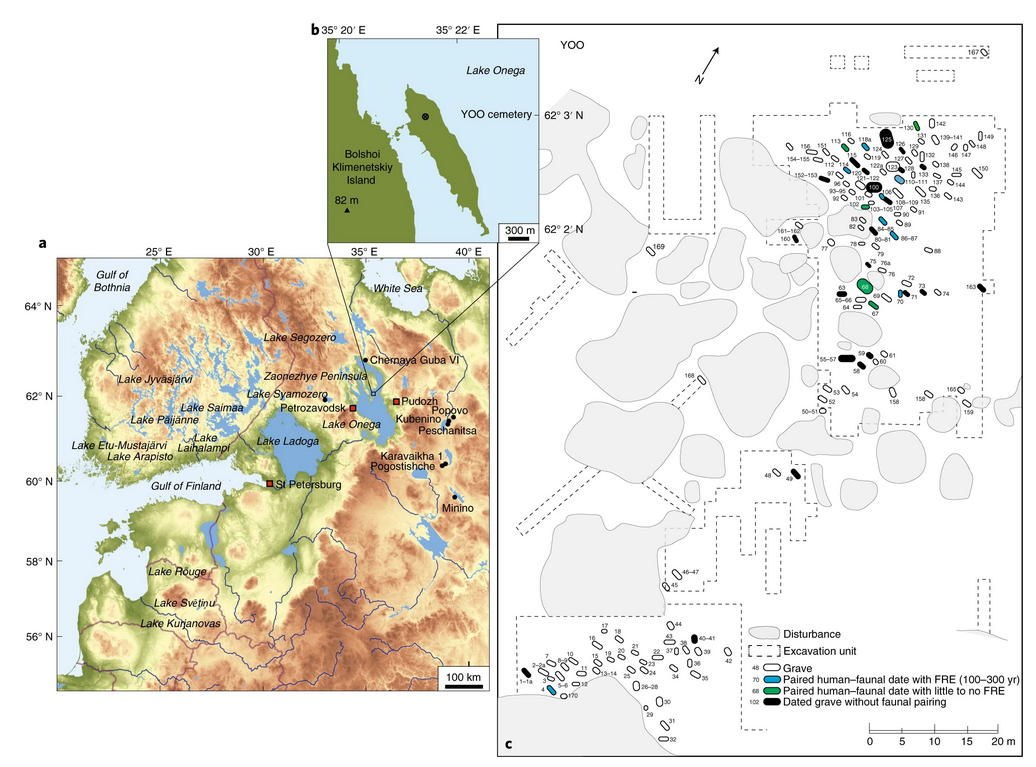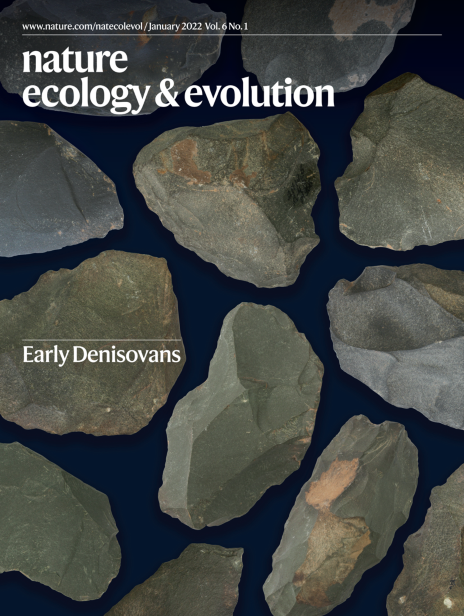BAP article published in Radiocarbon!
Great News! Congratulations to BAP team members Rick Schulting, Ian Scharlotta, Angela Lieverse, Erin Jessup, Christopher Bronk Ramsey, Vladimir Bazaliiskii and Andrzej Weber on the recent publication of their article in Radiocarbon! Radiocarbon (January 2025), pp 1-13. Title: A 350 14C yr discrepancy between bone and tooth dates from the same grave at the Early Neolithic cemetery of Shamanka II, Lake Baikal, southern Siberia: reservoir effects or a misplaced mandible? Authors: Schulting RJ, Scharlotta I, Lieverse A, Jessup [...]

